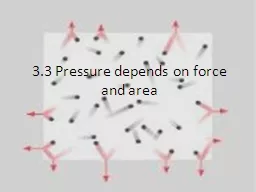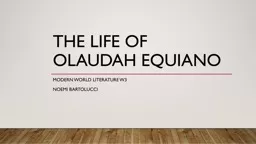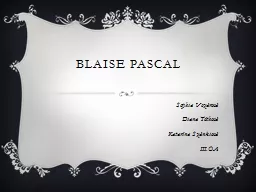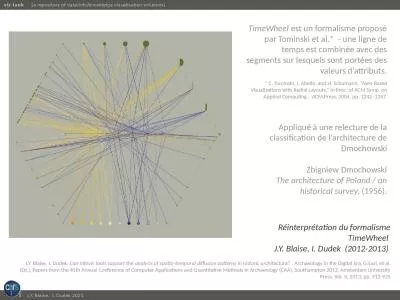PPT-Blaise Pascal
Author : conchita-marotz | Published Date : 2016-05-05
16231662 A source of inspiration for our era Presentation plan Biography Breakthroughs Barometer Philosophy Biography Blaise Pascal born the 19th of June 1623
Presentation Embed Code
Download Presentation
Download Presentation The PPT/PDF document "Blaise Pascal" is the property of its rightful owner. Permission is granted to download and print the materials on this website for personal, non-commercial use only, and to display it on your personal computer provided you do not modify the materials and that you retain all copyright notices contained in the materials. By downloading content from our website, you accept the terms of this agreement.
Blaise Pascal: Transcript
Download Rules Of Document
"Blaise Pascal"The content belongs to its owner. You may download and print it for personal use, without modification, and keep all copyright notices. By downloading, you agree to these terms.
Related Documents














